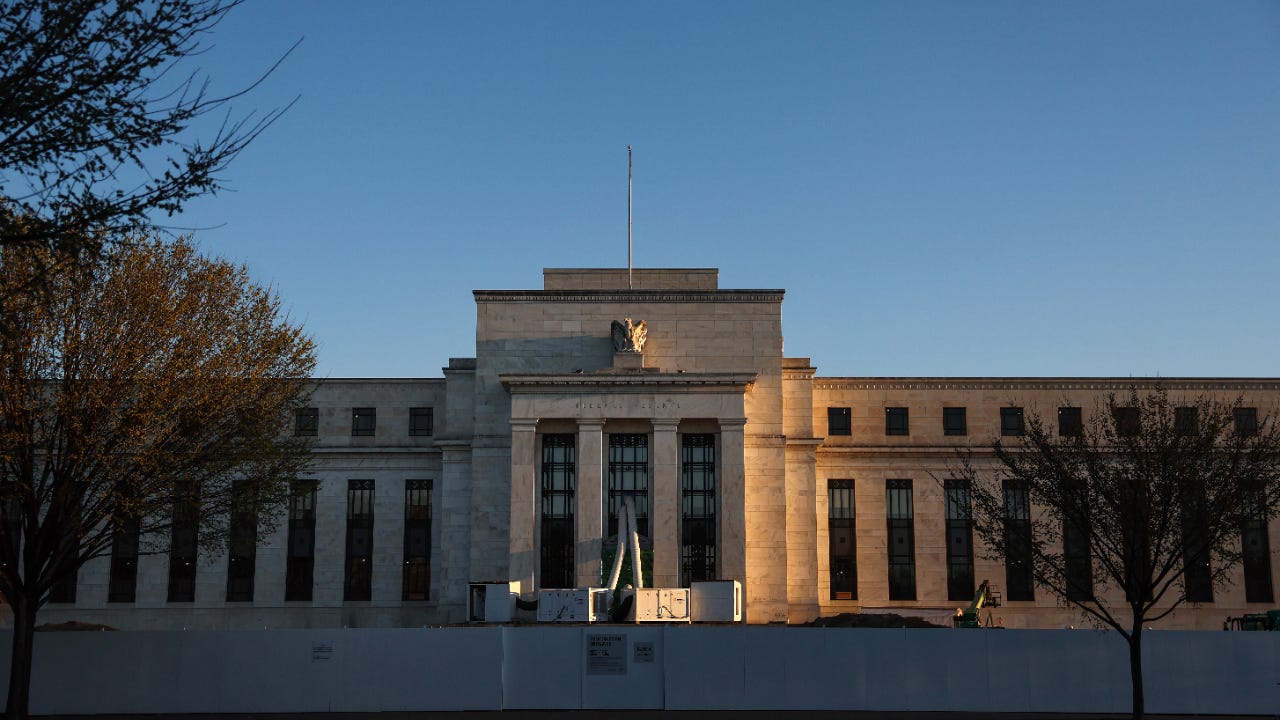
How Federal Reserve Decisions Impact Your Credit Card Rates
The Federal Reserve's target interest rate directly impacts credit card rates and consumer borrowing costs. Here's what you need to know about the relationship between Fed rates and credit cards.

Bank building exterior on sunny day
Current Fed Rate Status and Recent Changes
The Fed has maintained its target rate at 4.25-4.5% after three quarter-point cuts in late 2024. This follows an aggressive series of 11 rate hikes between March 2022 and July 2023 to combat high inflation.
While inflation has cooled significantly from its 8.5% peak in 2022, the Fed remains cautious about further rate cuts due to:
- Somewhat elevated inflation levels
- Increased economic uncertainty
- Strong labor market conditions
- Desire to avoid premature rate reductions
How Fed Rates Impact Credit Cards
Credit card interest rates are directly tied to the prime rate, which moves in tandem with the Fed's target rate. When the Fed adjusts its rate:
- Credit card APRs adjust automatically
- Rate changes apply to existing variable-rate balances
- The national average credit card APR was 20.09% as of March 2025
Consumer Impact and Recommendations
Even with recent rate cuts, credit card rates remain historically high. To manage credit card costs:
- Pay off existing balances when possible
- Consider balance transfer cards with 0% intro APR offers
- Evaluate personal loans or home equity loans for debt consolidation
- Take on additional income sources to accelerate debt payoff
- Monitor your card's APR changes as Fed policies evolve
Economic Indicators to Watch
Key factors influencing future Fed decisions include:
- Inflation expectations (currently 4.9% for the year ahead)
- Employment data (151,000 jobs added in February 2025)
- Unemployment rate (4.1% as of February 2025)
- Wage growth (4% annual increase)
The Fed will continue monitoring economic data to balance its dual mandate of price stability and maximum employment while making future rate decisions.